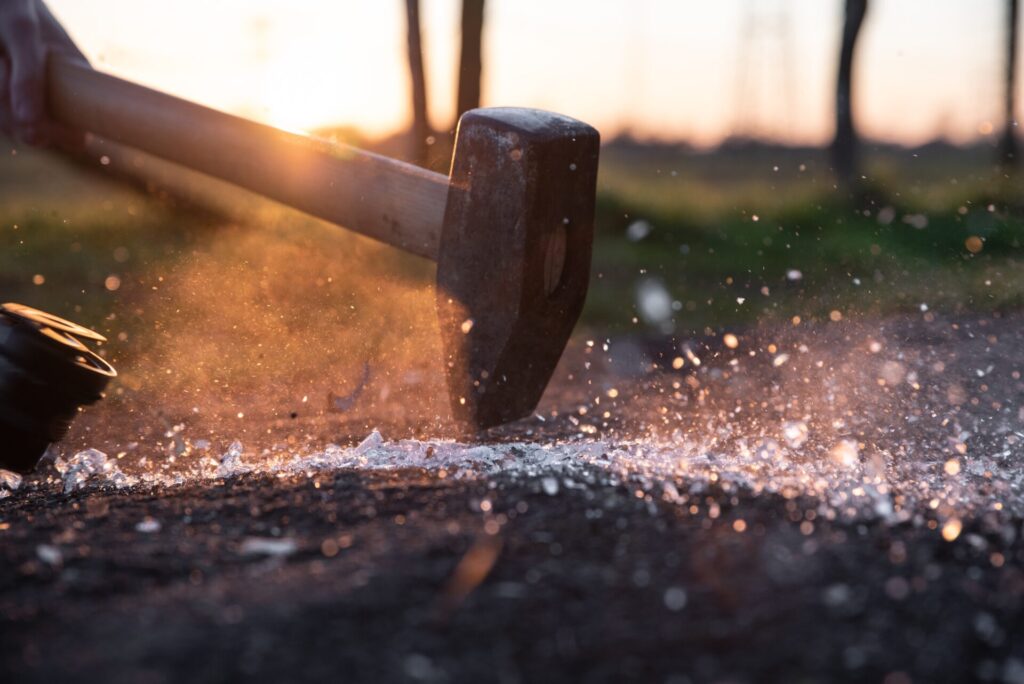What is a Mallet Toe? Here are some facts about this condition
Mallet Toe is similar to Hammer Toe except that it affects the upper joint instead of the middle joint, giving the toe a mallet like appearance at the end of the toe. It occurs when the joint at the end of the toe cannot straighten. Excessive rubbing of the mallet toe against the top of the shoe can lead to pain and the development of a corn. The tip of the toe is often turned down against the shoe causing pressure and discomfort.
This condition happens mostly in the second toe, next to the big toe. That’s because it’s often the longest of the four smaller toes. But mallet toe can also affect the third and fourth toes.
Mallet toe involves two parts of the body. They’re called the distal interphalangeal joint (DIPJ) and the flexor digitorum longus (FDL). The DIPJ is the last joint in the toe, closest to the toenail. The FDL is a muscle that starts near the shin and runs down to the four smaller toes. It helps the toes curl. When the muscle becomes too tight, it can bend a toe joint upward.
Different Types of Mallet Toe
Mallet toes are usually described as flexible or rigid:
- Flexible mallet toes: The muscle and toe joint are still flexible and movable.
- Rigid mallet toes: The muscle and nearby tendons (tissues that attach muscle to bone) tighten. This change freezes the toe joint in a bent position.
Causes of Mallet Toe
Mallet toes develop when a toe is repeatedly forced upward. The most common causes of mallet toes include:
- Arthritis.
- Bone and muscle imbalances, such as foot bones that are too short or muscles that are especially weak.
- Injury to the toe.
- Shoes that are too tight.
How can I prevent mallet toe?
Taking good care of your feet can help prevent the development of mallet toes. Be sure to:
- Avoid shoes that pinch or crowd your toes.
- Choose footwear with a low heel to take pressure off your toes.
- Stretch your feet and toes regularly.
- Have your shoes sized by a sales professional.
Some rigid mallet toes will remain bent permanently. But there are many ways to relieve toe joint pain and prevent further problems, such as corns and calluses.
Any forefoot problems that cause pain or discomfort should be given prompt attention. Ignoring the symptoms can aggravate the condition and lead to a breakdown of tissue, or possibly even infection. Conservative treatment of mallet toes begins with accommodating the deformity. The goal is to relieve pressure, reduce friction, and transfer forces from the sensitive areas.
Are you experiencing this condition? One of our podiatrist can assist and recommend what treatment options are best to get you back on track. ✅
Schedule an appointment here or you may call us at 44 (0) 207 101 4000. 📞
We hope you have a feetastic day! 👣☀️
-The Chelsea Clinic and Team




